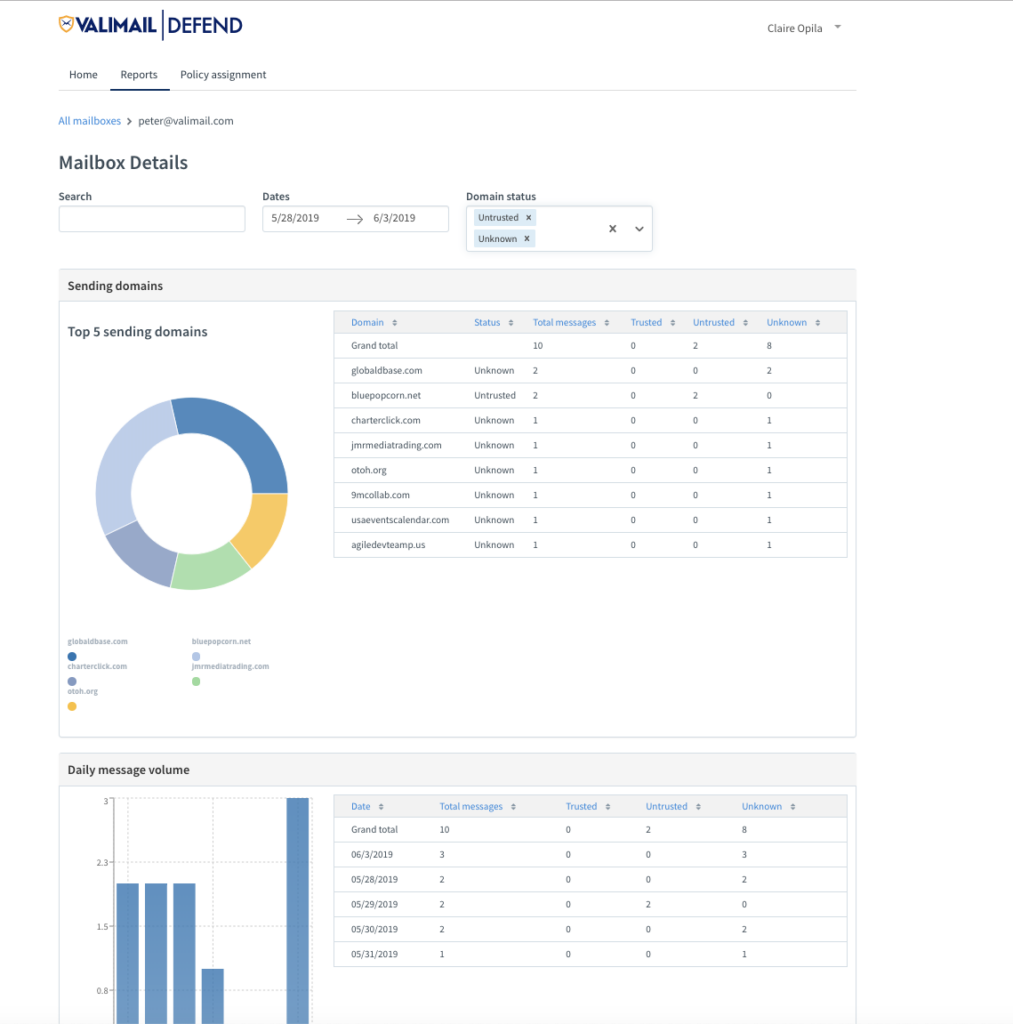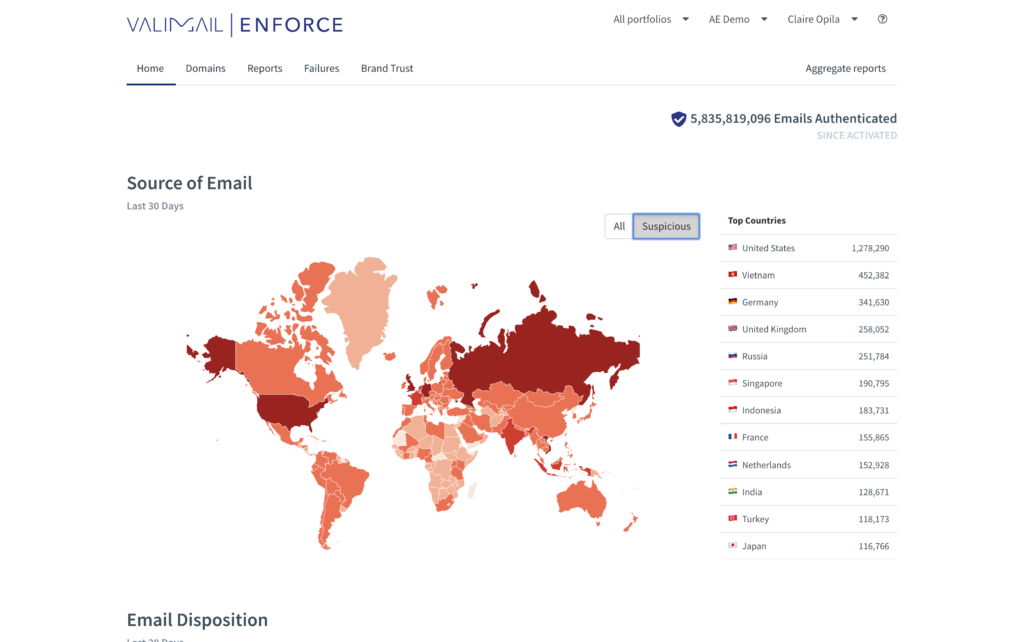In effective product development, science and a rigorous adherence to data are primary. But science and rigor are just two of the tools at our disposal. Like a mechanic who comes fully equipped with a suite of tools, product managers and developers can make use of many other techniques as well. For instance, empathy and compassion have a critical place in supporting many aspects of a technology business, starting with product and extending outward from there.
A business is a system, and all systems require balance to function. Only through positive interactions with others can we realize the learnings that science, numbers, and process tell us. Only by creating a system that utilizes empathy can you create a product and experience that offers this to its customers.
Everything starts with the customer. Without a customer to use a product, there is no market, there is no product, there is no company. A deep understanding of customer needs is essential to a product and company’s success.
What CISOs need
At Valimail we have zero customer attrition, because we know what our customers want and we deliver it. For CISOs, we know their days are filled with heavy decisions and high-stakes objectives. The sanctity of their brand and the security of their company’s email communication lies on their shoulders. But it’s not enough to protect their company’s brand and communications: They must also demonstrate that the company is protected.
By understanding this need, Valimail has built executive-level dashboards, which aid the CISO in telling this story. For instance, in Valimail Defend, the CISO can quickly look at his most sensitive mailboxes, and see the look-alike and friendly from phishing attacks that Valimail stopped.

In Valimail Enforce, a CISO can quickly see all of the potential exact-domain phishing attacks that Valimail stopped — and they can see exactly where those attacks originated around the globe.

With both products, CISOs are able to confidently show that they are protected against BEC, allowing them to focus on other critical problems. It is this deep understanding of what our customers really want that allows us to deliver value and to be so successful.
The zero-trust mindset
We can apply this same mindset when building products. Context becomes critical; it is important to take a step back and to have a holistic view of the problem space that we are trying to solve and users’ needs.
For example, many of our customers operate with a zero-trust mindset for email security, but they do not want to block legitimate emails from reaching their employees. To meet both requirements, Defend offers flexible policies so that a CISO can choose what to do with email from untrusted and unknown senders: flag it as suspicious, block it entirely, or send it to spam. This allows CISOs to warn their employees when there could be a potentially dangerous email in their inbox, while also keeping their mail workflow intact for unidentified but legitimate senders.
Understanding this complex problem space allowed us to build Defend so that it operates from a zero-trust philosophy, and meets the needs of the users. Understanding the entire ecosystem and CISOs’ workflows allowed us to deliver value and properly address these opposing needs.
Empathy in day-to-day decisionmaking
Beyond applying these mindsets to product development, it’s also important to bring empathy and compassion to our day-to-day interactions with each other. That’s how we understand where each of us is coming from, what our mental model is, what our needs are, and how we make decisions. By solving problems with another’s needs in mind, we can design a solution that is mutually beneficial.
For example, I had a hypothesis about how we might use a third-party service to augment some of the data that powers our applications, making them more successful. Before executing on this idea, I had to validate this hypothesis and obtain the buy-in of my partner engineer. For he or she must also believe that there is value to what we are building.
Running a tiny experiment using a subset of curated data allowed us to measure and predict the amount this vendor could augment our dataset. The result was compelling: It showed a 2-3x increase. Moreover, by having worked with this vendor’s API closely for the experiment, my engineering partner proposed a solution that took the initial idea to the next level.
By understanding my engineering partner’s need for demonstrable value, and to have a critical part in shaping the solution, I was able to enlist his help. And once he fully understood my goals and objectives and the value add, we were able to work together to build something truly impactful to the business.
Empathy in the sales organization
Once we have built great products that meet the needs of our customers, we find empathy in the sales process, as well. In our sales organization, we are able to identify customers that have a need for our product. However, before exposing the customer’s needs, we must understand the experiences of our prospects before we offer our services unsolicited.
Only by truly partaking in the problem-solving exercise together can we mutually benefit from a sale. By using empathy from the beginning of product development to its implementation and into the sales process, we are able to create products that meet customers’ security objectives, and help everyone in our company produce results that we are proud of.
Tying it all together
As Valimail’s story shows, when empathy and a deep understanding of a problem space are used across an organization, there are demonstrable positive outcomes. Compassion opens the pathway for collaborative work and innovation, and truly knowing customers and their story leads to a successful product and business.
